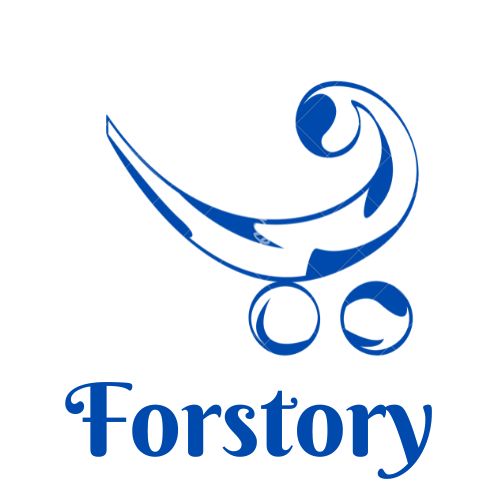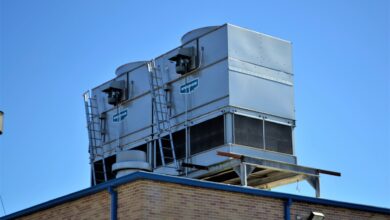
What Benefits Does Plastering Offer?
Plastering offers numerous advantages to dividers and roofs. Both outside and inner plastering are fundamental to loan the necessary strength and backing. Plaster fills in as a defensive cover on stones and blocks and stretches out sturdiness to roofs just as dividers.
Plastered dividers are additionally secured against environmental harm including precipitation, hotness, and mugginess. It is additionally more straightforward to fix plastered dividers on the off chance that assuming they get harmed in any capacity!
Plastering likewise helps the evening out of the surfaces, and such dividers are additionally finish-accommodating as various completions can be applied to it to improve its look and allure. Your home could likewise be less contaminated as plastered dividers will more often than not draw in and make less residue.
Various materials are utilized for plastering, however, the most ordinarily utilized plastering materials are concrete and gypsum. The solution to which material is best for your home will rely upon an investigation of the benefits and disservices of each.
Gypsum Vs Cement: Which One’s The Best Plastering Material?
Concrete Plaster
Concrete plaster is made by blending concrete, sand, and water, typically, the proportion of concrete and sand is 1:4. The thickness of plaster relies upon the surface to be plastered and could associate with 12 to 20 milliliters. Now and again, plasticizers are likewise blended in the plaster to shield dividers from parasites.
Pros:
- The best thing about concrete plaster is that it tends to be utilized both for outer just as inner plastering.
- Concrete plaster is the smartest choice with regards to plastering outside dividers since it is dampness safe and will secure the divider against environmental changes just as ecological contamination.
- Additionally, the solidness factor in concrete plaster settles on it the ideal decision for inside plastering as well. Concrete reinforces the dividers, particularly the empty substantial squares.
- Additionally, with regards to electrical fittings and wiring, concrete plaster won’t foster breaks and proposition a durable base for boring and holding it together.
Cons:
- The surface after concrete plastering will in general look lopsided and sad. Henceforth, it will require an extra interaction to accomplish a smooth completion. Frequently, POP is applied to the plastered dividers to give it a smooth completion.
- Concrete plastered dividers and roofs require water restoration for about seven days. Without the interaction, the surface won’t acquire strength and may before long foster breaks.
- Over the long run, surfaces might even therapist causing hairline breaks.
Gypsum Plaster
It is an instant plaster and is utilized in the wake of blending it in with water. It is white in shading and powder in structure. The thickness differs for divider and roof plastering, for the divider it very well may associate with 11 millimeters while for the roof, the thickness is just around 8 millimeters. Gypsum plaster is additionally warmed at explicit temperatures to get various sorts of plasters.
Pros:
- Dissimilar to solidify plaster, gypsum plaster doesn’t need punning or any extraordinary cycle to accomplish perfection on a superficial level. Along these lines, it saves expenses and time.
- Concrete plaster must be arranged physically yet gypsum plaster is accessible in prepared structure. Henceforth, setting it up is a lot simpler and helpful.
- Gypsum plaster doesn’t extend or contract with time; consequently, shrinkage doesn’t occur.
- Gypsum plaster is removed from gypsum rock and later got dried out to get the power structure. The greatest benefit is that gypsum plaster can be reused and reused ordinarily.
- It saves a ton of time since it dries exceptionally quickly and you can begin your artwork work within 72 hours of plastering.
- An incredible advantage of gypsum-plastered dividers is that their warm conductivity is low and subsequently is capable of keeping your home cool during summers and warm during winters.
- The high safe nature to fire and form ensures your dividers and roofs for quite a while.
Cons:
- The principal drawback of gypsum plastering is that it is appropriate just for inside plastering.
- It isn’t dampness safe and consequently unacceptable for sodden regions like restrooms, cellars, overhangs, or kitchens.
- One should be cautious when working with gypsum plaster when the plastering and painting work is finished. Being moderately delicate in its property, gypsum plaster will in general break or foster breaks effectively when penetrating into the dividers for electricals, inside decorations, wiring, and so forth Gypsum Plaster
Which one’s better?
Both have advantages and disadvantages, however, with regards to outside plastering, nothing beats concrete plaster. For inside plastering, gypsum plaster is frequently favored particularly as it dries faster and is not difficult to get ready and level.
There are likewise different explanations behind picking gypsum plaster. It saves time and cost since it doesn’t need water relieving, not at all like concrete plaster. Contingent on the spot of development, water may not be accessible by any stretch of the imagination or might be pricey.
Gypsum plaster additionally dries quicker, so there is no holding up time needed to begin painting and other work. Spray Plaster Walls have more finishing than other walls. Since gypsum plastered dividers have a decent completion, you shouldn’t need to invest extra energy and cash on extra smoothening of the completions.
Likewise, gypsum is regularly liked by designers as a component of the inside plastering as it saves cost.
Concrete plaster must be ready with the right proportion of sand and concrete, any fixing is overabundance and you can not get the right plaster surface. At the point when you use gypsum plaster, you should simply blend it in with enough water.
Gypsum plaster is likewise a green item as it very well may be reused and reused.
Now and again dividers plastered with concrete might foster breaks or shrinkage following a couple of months, however, gypsum plaster remains shortcoming free for a more extended time frame. It doesn’t mean it is more grounded and solid than concrete.
At the point when a correlation is made, gypsum plaster appears to procure more great focuses. Nonetheless, when it simply comes to solidness, concrete plaster is better over the long haul.
Conclusion
Dry mix products have nowadays turned the construction industry into a simple one. Various dry mix products include Grout For Tiles In Bathroom, lime, cement, plasters. The plastering walls look finer and even than any other wall.




